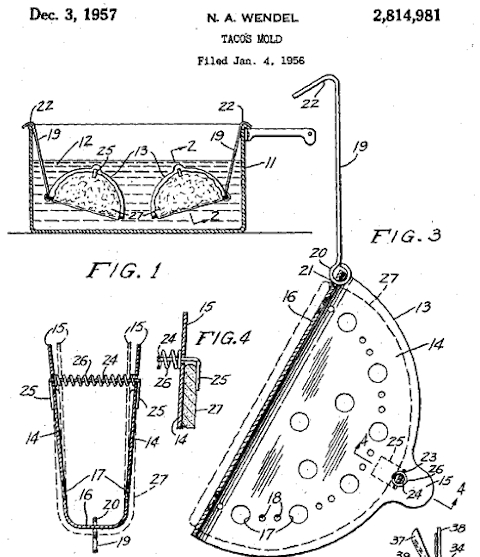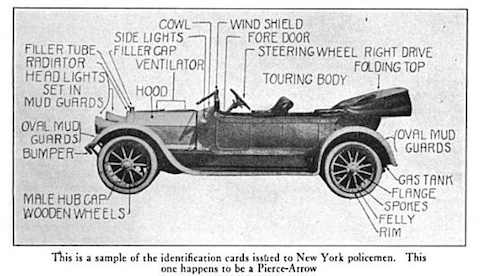Since I can scarcely imagine life without the biological rocket fuel known as caffeine, I’m counting my lucky stars this morning that I’m not a Cuban. That’s because sky-high coffee prices have forced the government to cut rations, meaning that Cuba’s java addicts must now satisfy their urges with a beverage partly concocted from roasted peas. One can only hope that easy access to sugar cane will be the poor coffee drinkers’ saving grace.
Yet these deprivations have rarely fazed the Cubans; in fact, the Castro regime has survived for so long because of its ability to convince the populace that triumph over such hardships represents triumph over those who wish the nation ill. And the government is aided in this communications endeavor by those increasingly rare souls who made even greater sacrifices for the revolutionary cause—chief among them Teofilo Stevenson, the greatest heavyweight boxer who never quite was, at least in the professional sense.
Pugilistic enthusiasts never tire of speculating on whether Stevenson, a great Olympic champion, could have taken the heavyweight crown from Muhammad Ali in the 1970s. We never got a satisfactory answer to that question because Stevenson refused to defect, despite being presented with many an enticing opportunity. His reward for that willpower has been adulation in Cuba, rather than anything material comfort. As this great 2002 profile reveals, Stevenson’s privileges are scant compared to what he would have received in any other country:
The man who could have fought Muhammad Ali – no, more than that: who could have been Muhammad Ali, famous throughout the world and rich beyond imagining – was fully awake after a drowsy morning. He said he’d be ready to go to lunch as soon as he washed up and changed his clothes. Here’s what Teofilo Stevenson did next: He took a big galvanised bucket out to the front yard, filled it with water from the garden tap, lugged the bucket inside, hoisted it on top of the kitchen range and turned on the flame…
Stevenson went inside twice to check the water on the stove. When it was hot, he carried it to the bathroom and poured it into the tub. Now he could take a bath. There’s no hot water from the tap at the house of the man who could have been Muhammad Ali, just cold…
The house is far from sumptuous, but comfortable – spotless linoleum floors, casement windows framed by floral curtains, utilitarian furniture. There is even a small swimming pool filling the little back yard, though it contains just a couple of feet of black, brackish water. Stevenson explained that it was far too expensive to fill and maintain the thing.
I wonder how many of Stevenson’s houses could fit inside Mike Tyson’s abandoned Ohio manion.


















